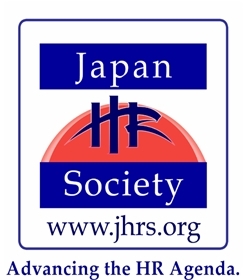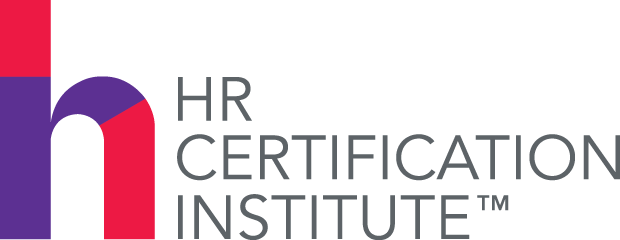Editor's Note
Hilda Rosca Nartea
People analytics is more about humans than about numbers.
Fuddy-duddy, an article on Forbes.com once described HR. The term means soft, old-fashioned, conservative. It's a blunt statement, and a common belief, as well as also largely inaccurate. When you deal with people, you deal with imperfect, unpredictable variables – the very condition that can make any hardcore number-cruncher run away screaming. Therefore, that "soft" label is untrue and unfounded. HR is truly a task that only toughies can take.
Still, perceptions about the HR professional as someone who makes decisions based on less-than-rigorous criteria remain. And in many ways, this perception indeed reflects the reality of HR work. Because, really, how is possible to weigh loyalty, engagement, satisfaction? How do you define, much less measure, happiness? Moreover, how in the world will you be able to honestly connect all these with the business bottom line?
Difficult questions that an increasing number of companies are now answering through: Analytics.
How analytics, specifically predictive people analytics, works is ingenious: You use tangibles (numbers and data) to answer seemingly intangible people puzzles (How does this group feel about this HR policy? Is this employee planning to quit?). You then gain the confidence to present intangible but valuable business findings since these are now backed up by solid numbers. In other words, analytics simply allow HR to find the balance they need to do their tough job well.
Despite its impressive premise, it was only in the past year that businesses have made more serious strides in strengthening their capability in the use of people analytics. Richard Phelps in the editorial this issue tells the story of how Japan is a late bloomer in the use of people analytics tools and methods – but the initial hesitation is turning out to be advantageous.
In her event review, Jingjing Yap reports that in Asia, rewards and benefits professionals are turning to analytics to drive more profits for the business. Aon Hewitt notes the major leap organizations are doing today toward predictive analytics, and discusses the important steps businesses can follow to develop a strong predictive analytics strategy.
Meanwhile, Chuck Csizmar shows how to cultivate metrics awareness in your compensation program. Kevin Sheridan presents key numbers for creating winning presentations in front of business decision-makers, while Zahid Mubarik of SHRM Pakistan shares some best practices in the use of HR metrics.
Analytics was at work as well when Juan F. Luna veered away from generalizations to describe how the Chile's "sons of democracy" are changing the workforce. Also, want to learn a Google secret? They infused their hiring process with analytics, according to Knowledge@Wharton.
We aim this lineup to provide a window into the vast future of people analytics in Japan, in Asia and across the world. Because just like any other solution, people analytics isn't a wonder pill to cure HR woes. For one, there's the risk of oversimplifying people into mere data points. And since it's still a relatively new option for many, its finer points are yet to be understood and worked out.
In the corporate world (and beyond) there seems to exists a dichotomy: those who deal with numbers are serious and tough, while those who deal with people (meaning HR) are, well, fuddy-duddy. Analytics is breaking that false dichotomy. The content for this issue of The HR Agenda Magazine proves abstractions can be calculated and solid data can point to intangible, vital insights. If you've always wanted to find out how humans learn, change, achieve and make meaningful work, it pays to learn how to do the math.
***
|
|
|
Hilda Rosca Nartea is editor in chief of The HR Agenda. She heads the content team of a Dubai-based digital agency and is also a content producer for non-profit organizations, having done projects for the United Nations Development Programme under the Philippine Department of Energy. |
TELL US WHAT YOU THINK:






